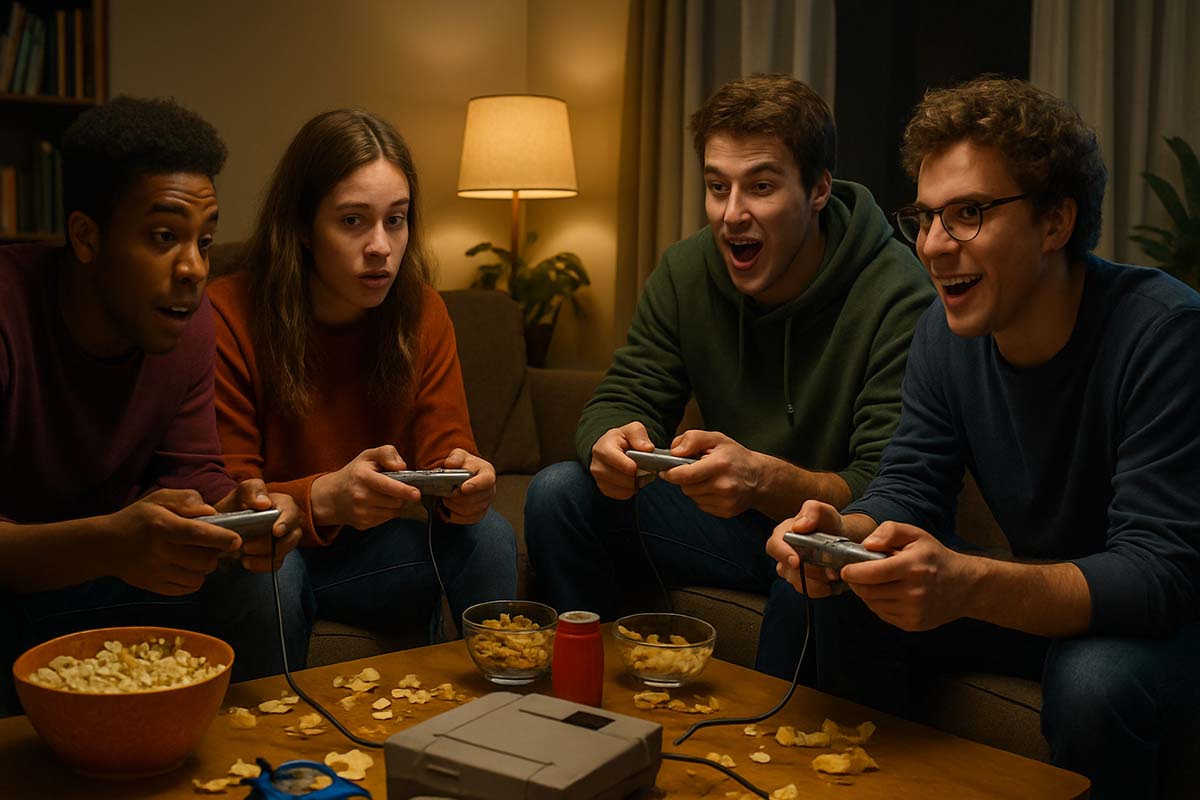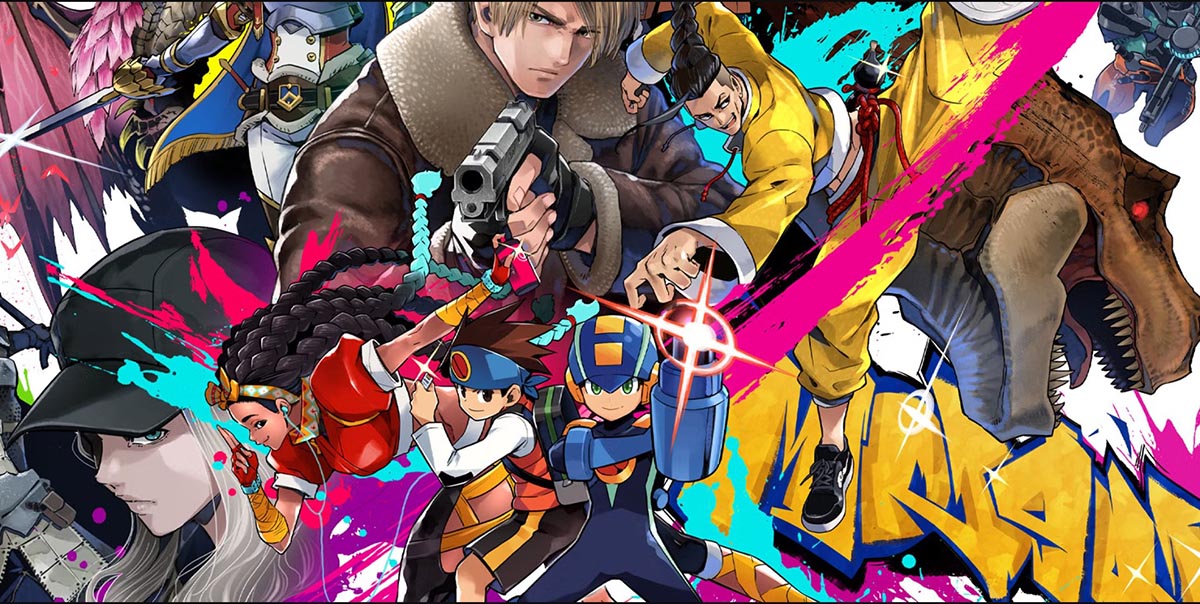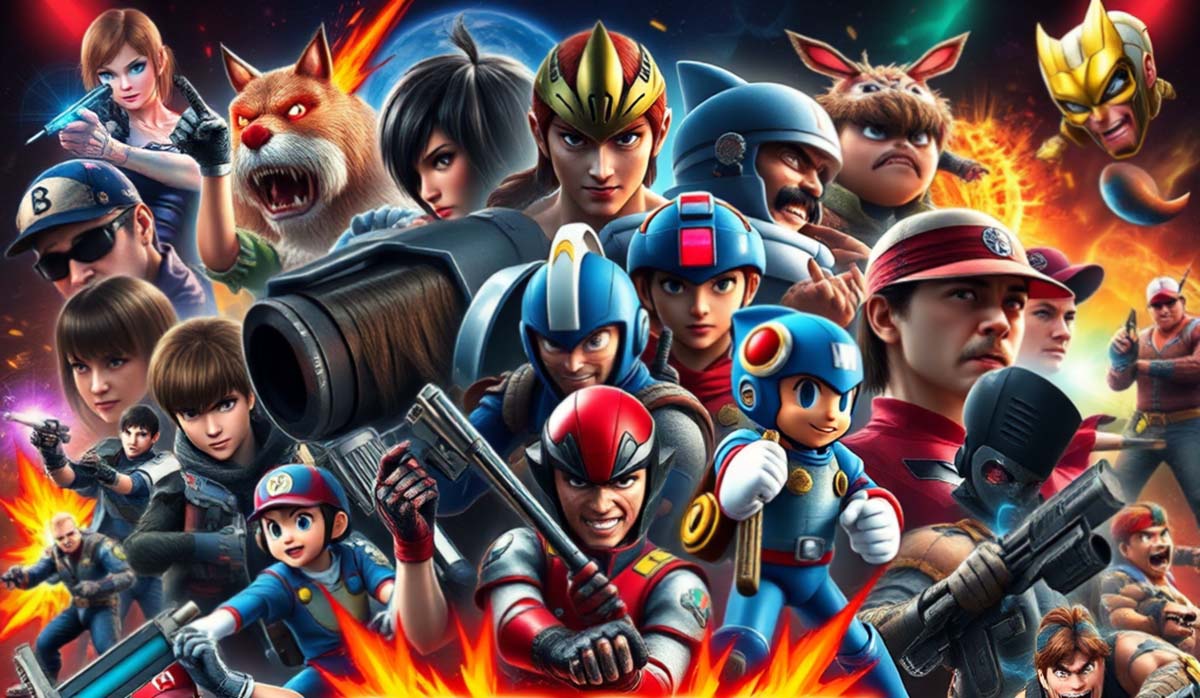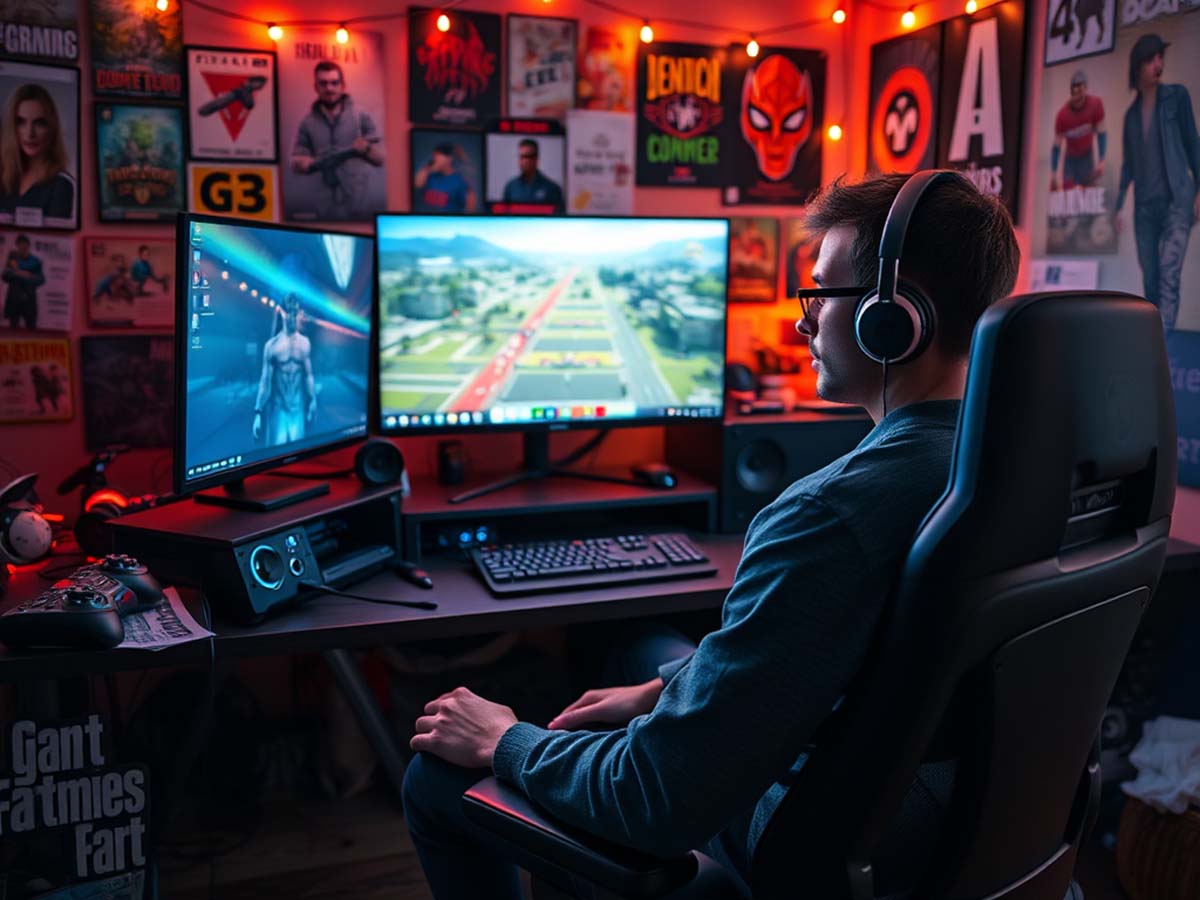Capcom Action Games That Shaped a Generation
Some games are more than just entertainment—they leave marks that last a lifetime. Every time the Mega Buster fires or Dante swings his sword, it reminds us of Capcom’s influence in the world of action gaming. For fans, content creators, and industry players alike, these titles continue to offer meaningful context for today’s gaming experience. Capcom didn’t just join the conversation—it led the charge.
Precision and Power in Early Platformers
Mega Man wasn’t the first side-scroller, but in 1987, it introduced something rare: stage selection combined with power absorption. Players could choose their path and steal the powers of defeated bosses, encouraging experimentation. This concept caught on quickly, making waves not only in Japan but also across gaming magazines in Europe and North America.
At a time when many action games felt rigid, Mega Man offered fluidity. It made players think before each jump and plan around enemy weaknesses. In schoolyards from Tokyo to Toronto, strategies were shared and drawn in notebooks. The game created not just players—but analysts, critics, and future developers.
Two years later, Strider landed in arcades with grace. Hiryu’s acrobatic flips, wall climbs, and fast-paced swordplay felt cinematic before that term even applied to games. Its impact reached beyond gameplay. In Argentina, fan zines praised its background art. In the UK, gaming columns dissected its level design. It became a reference point for what vertical movement could be in fast-paced titles.
Sidewalk Brawls and Urban Legends
Final Fight wasn’t just a game—it was a feeling. Released in 1989, it became a favorite in local arcades from Los Angeles to Hong Kong. The setup was simple: save the city, one punch at a time. The characters, from Haggar’s wrestling moves to Cody’s streetwise jabs, became instant icons.
Players formed queues at malls just to beat the game using their favorite fighter. In Manila, machines were almost always occupied, leading store owners to install multiple cabinets. Elsewhere, Cadillacs & Dinosaurs took this formula further by mixing fists with prehistoric threats, while Captain Commando delivered futuristic flair. All of them followed Final Fight’s blueprint—accessible controls mixed with energetic mayhem.
From Fright to Firepower: A Different Kind of Horror
Resident Evil entered the scene in 1996, wrapping horror in tense gameplay and smart resource management. The slow-opening doors, tight corridors, and item scarcity weren’t just gimmicks—they shaped how players felt with every step. The fear wasn’t from loud sounds but from the unknown around each corner.
As the series grew, so did its ambition. With Resident Evil 4, Capcom reimagined the formula. The over-the-shoulder camera and real-time aiming gave it a more dynamic rhythm. Players could now shoot limbs to slow enemies or kick down ladders to control space. That innovation inspired future hits like Dead Space and The Last of Us.
Flash Meets Finesse: The Dante Era
In 2001, Devil May Cry brought something bold to the table. It didn’t just want players to win—it wanted them to look good doing it. With flashy guns, swordplay, and mid-air combos, Dante’s battles felt like choreography. Fans created online tutorials to master juggling enemies mid-air and boosting their style rankings.
Cosplayers adopted Dante’s look worldwide. His red coat and confident posture appeared at conventions, fan art sites, and even fashion blogs. But it wasn’t just about appearance. The game rewarded learning and creativity, not brute force. This design philosophy led to a loyal fanbase that still discusses combo routes and frame data to this day.
Shared Victory: Monster Hunter‘s Global Appeal
Few games emphasize teamwork like Monster Hunter. When it launched in 2004, the learning curve was steep. Players had to prepare thoroughly before each hunt. Battles weren’t over in minutes—they were trials of patience, timing, and coordination.
In Japan, hunting groups would meet up in cafés and libraries with their PSPs. In Southeast Asia, especially the Philippines and Indonesia, internet cafés transformed into gathering spots for local hunts. Players printed out monster weaknesses and shared custom armor sets. The sense of achievement after bringing down a massive beast with friends made it more than just a game—it became a tradition.
The Open World Test: Dragon’s Dogma
Dragon’s Dogma didn’t follow trends—it created its own. In 2012, Capcom entered the open-world RPG space with confidence. The Pawn system allowed players to borrow AI-controlled companions online, each carrying the personality of their original user.
Reddit threads filled with stories of Pawns who warned players of traps or used surprising tactics in battle. The game’s climbing mechanic, where players could latch onto large enemies and strike weak points, influenced later titles like Dragon’s Dogma 2 and even inspired some modders working on open-source RPGs.
The Signature Capcom DNA
- Tight Controls – Whether you’re dodging with Jill Valentine or countering with Nero, the character always responds without delay.
- High Stakes – Before every major battle, there’s a moment of stillness—a camera pullback, a chilling musical cue—that signals danger.
- Learning Curve – Capcom doesn’t hold your hand. Mastery comes from time, failure, and gradual growth.
- Community Depth – Whether it’s competitive leaderboards or lore deep-dives, fans keep the games alive long after launch.
Remakes, Replays, and Rediscovery
Capcom doesn’t just remake old games—it redefines them. Resident Evil 2 Remake balanced nostalgia with modern mechanics. It respected longtime fans while welcoming new ones. The updated controls, cleaner interface, and sharper visuals brought in a fresh wave of players.
During global lockdowns, speedrunning took off. From Berlin to Buenos Aires, livestreams of Capcom titles became daily entertainment. Players competed over milliseconds, turning old classics into modern obsessions. Fan-made tools and mods emerged to support this growing scene, showing how responsive the community is when a game stands the test of time.
Beyond Gameplay: Cultural Reach
Capcom’s stories and characters are everywhere. The Resident Evil series inspired novels, live-action films, and anime. Its villains and soundscapes have become templates for horror storytelling. The Monster Hunter film wasn’t just a box office number—it showed that even niche mechanics could reach mainstream audiences.
In Osaka, Capcom-themed cafés let fans immerse themselves in game-inspired menus. In esports, Street Fighter continues to draw record numbers. Commentators, analysts, and pro players from around the globe gather for events, turning matches into sports spectacles. These aren’t just games anymore—they’re part of a wider cultural movement.
Training the Next Generation
Today’s game designers often credit Capcom as a source of inspiration. Courses at universities now use Devil May Cry and Resident Evil as case studies. In South Korea, Capcom developers have led workshops on enemy encounter pacing and boss battle rhythm.
Student game jams in the Philippines feature Capcom-style mechanics, from input buffering to enemy staggers. Developers are learning not just how to build, but how to surprise and reward players, much like Capcom has done for decades.
Fans as Developers: Mods and Beyond
Capcom’s fanbase has always been active, but now they’re builders, too. The Resident Evil HD Project reworked the game’s textures for 4K monitors and made its way onto thousands of PCs. In Brazil, fan teams translated full games into Portuguese, voice acting included.
In Russia, a group known as the “Re-Engineers” implemented a full ray-tracing patch into Resident Evil 7. These efforts don’t just make the games prettier—they teach programming, asset design, and creative teamwork. Many young professionals in the gaming world today got their start modding Capcom titles and improving them for their own communities.
Looking to the Horizon
Capcom’s story is far from over. With Monster Hunter Wilds scheduled for release in 2025 and new titles blending genres in unexpected ways, there’s more to come. What remains consistent is their approach: tight controls, bold design, and deep respect for player creativity.
For over thirty years, Capcom has been more than a game developer—it has been a standard bearer for quality and imagination. Its mark on action gaming, design philosophy, and community engagement is not just history. It’s still being written.



